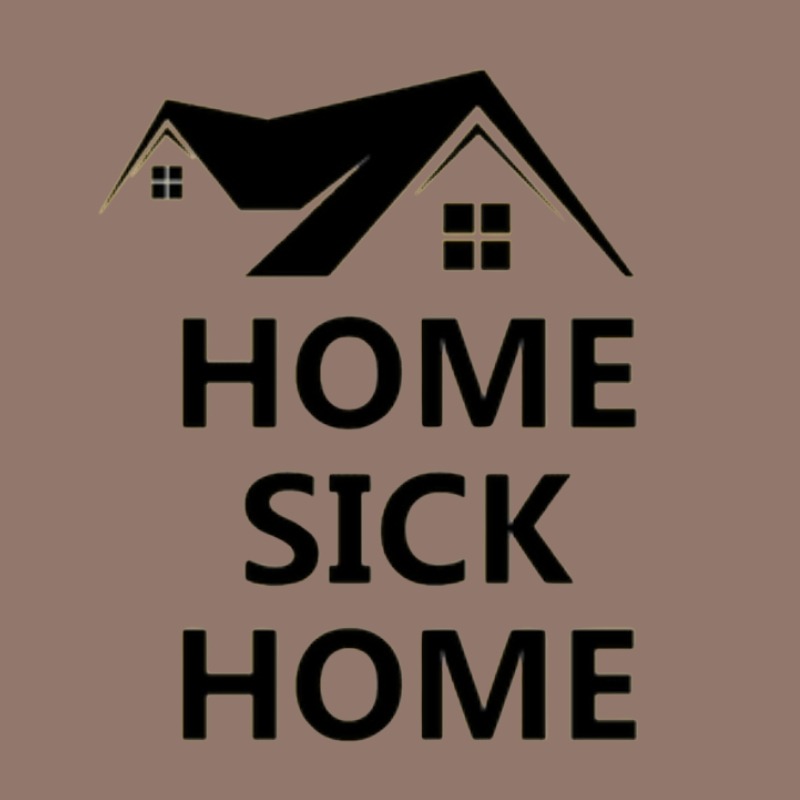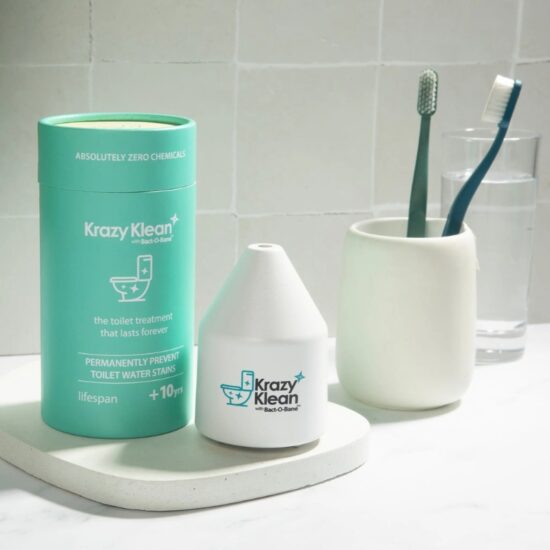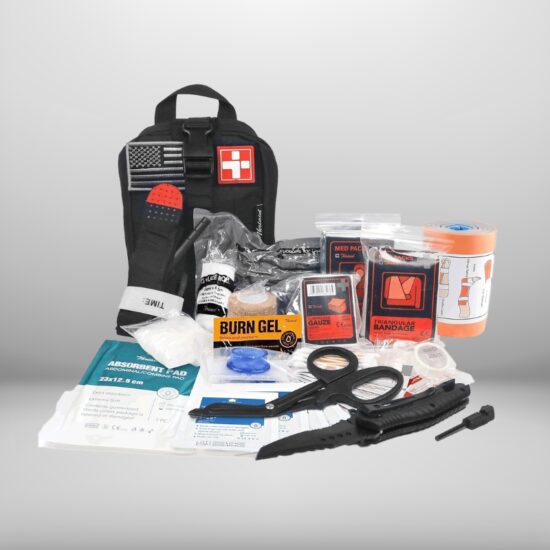Discover the hidden toxins in your home with Home Sick Home, a groundbreaking docuseries designed to enhance your health and well-being. This six-part series, hosted by renowned experts, uncovers the harmful substances that may be making you sick and provides practical solutions for a safer living environment. Learn how to identify and eliminate these dangers, swap toxic products for safe alternatives, and create a nurturing sanctuary for your family. Empower yourself with knowledge and actionable steps to improve your indoor air quality and overall health. Choose Home Sick Home for a healthier, happier home today!
Description
Creating a safe and nurturing living environment has become paramount in an increasingly health-conscious world. “Home Sick Home” is a groundbreaking docuseries designed to expose the often-hidden toxins lurking within our living spaces and their detrimental impact on our health. With rising levels of Sick Building Syndrome and increasing complaints about indoor air quality, this program emerges as a beacon of hope for those who have long felt unwell or fatigued without understanding why. The series combines cutting-edge research with practical solutions, offering viewers insights from world-renowned experts on how to identify and mitigate harmful substances that could be affecting their well-being. These hidden toxins can come from various sources, including mold, chemicals from furniture, and electromagnetic fields, all of which can contribute to many health issues. For anyone feeling persistently unwell, this series addresses critical topics that can empower viewers to take control of their health by improving their home environment. The personal testimonials and scientific research shared throughout the episodes build a compelling case for reevaluating our domestic spaces. By the end of the series, viewers gain valuable knowledge and actionable steps to create a sanctuary that fosters health and well-being.
What Is Home Sick Home?
“Home Sick Home” is an enlightening docuseries that delves into the hidden toxins present in modern homes. The main objective of this program is to educate viewers about the potentially harmful substances that can lurk in everyday items and environments. With episodes featuring experts in toxicology, building biology, and wellness, the series systematically reveals how common household items—ranging from cleaning supplies to the materials used in home furnishings—can release harmful chemicals into the air. These toxins can lead to a variety of health concerns, including fatigue, respiratory issues, mood swings, and even long-term illnesses.
The series adopts a holistic approach to home health, emphasizing that our living spaces should be sanctuaries for recovery and rejuvenation. It encourages viewers to reevaluate their home environments and consider how their surroundings might contribute to their health struggles. What sets “Home Sick Home” apart is its practical focus; it doesn’t just highlight problems but also offers concrete solutions for creating a non-toxic living space. The series empowers individuals to take actionable steps toward making their homes healthier by exploring the intersections of health, environment, and lifestyle. The insights gained from this docuseries are invaluable, especially in a world where many individuals are unaware of the true nature of their indoor environments.
How does Home Sick Home Work?
“Home Sick Home” operates through a well-structured format that guides viewers through the hidden dangers in their homes and provides practical solutions to address them. Each episode tackles a specific aspect of home toxicity, such as air quality, mold, and harmful electromagnetic fields, among others. The program is designed to increase awareness about how these dangers can accumulate over time, contributing to what many are now recognizing as “Sick Home Syndrome.”
The series is not just informative; it’s interactive and engaging. Viewers are encouraged to reflect on their own homes and the potential hazards they may contain. This self-reflection is facilitated through expert interviews, visual tours of real homes, and testimonials from families who have experienced the adverse effects of living in toxic environments. Additionally, the series features demonstrations on testing for pollutants, identifying sources of toxins, and implementing changes that can greatly improve indoor health.
One of the key elements of “Home Sick Home” is its emphasis on practical solutions. Each episode concludes with actionable steps viewers can take to mitigate specific toxins, making the series an educational experience and a guide for transformation. Whether it’s learning how to improve ventilation, selecting non-toxic materials, or adopting healthier cleaning habits, viewers are equipped with the knowledge needed to create a safer home environment. The series ultimately empowers individuals to reclaim their health by transforming their homes into safe havens.
What Does the Home Sick Home Include?
“Home Sick Home” offers a comprehensive package designed to cover various crucial topics surrounding home health. Below is an overview of what you can expect when you engage with the program:
- Expert Testimonials: Hear from world-renowned toxicology, building biology, and environmental health specialists who share their insights and experiences.
- In-Depth Episodes: Six meticulously crafted episodes that delve into critical topics like air quality, mold, EMFs, and more.
- Practical Strategies: Learn actionable steps to minimize exposure to harmful substances in your home.
- Guidelines for Non-Toxic Living: Discover how to make informed shopping decisions that avoid harmful chemicals and materials.
- Visual Home Tours: Experience guided tours of homes that illustrate both hazardous and safe environments, providing real-life context.
- Supportive Community: Access additional resources and interviews with experts, providing ongoing support and information as you make changes at home.
This rich content ensures that viewers are not only aware of the dangers lurking in their homes but also equipped to take decisive action to improve their health.
Who is the ideal target audience for this program?
“Home Sick Home” is designed to resonate with a broad audience that environmental toxins may impact. The ideal viewers include:
- Health-Conscious Individuals: Those who prioritize wellness and are keen to understand how their home environment affects their health. This program suits anyone grappling with unexplained fatigue or illnesses. By learning to identify the sources of toxins, they can create a healthier space that supports their well-being.
- Parents and Caregivers: Understanding how household toxins can affect young, vulnerable bodies will be immensely valuable to individuals responsible for children's health. This program empowers parents to make choices that safeguard their families’ health, thus providing a nurturing environment conducive to growth and development.
- Homeowners and Renters: Whether you own your home or are renting, this series is highly relevant. It offers insights that can be applied to any living situation, helping individuals make informed decisions about home improvements and purchases.
- Those Experiencing Symptoms of Sick Building Syndrome: People feeling unwell while at home, often without a clear diagnosis, will benefit from understanding Sick Building Syndrome. This series provides potential explanations for their discomfort and concrete steps for improvement.
- Environmental and Health Advocates: Activists and advocates looking to deepen their understanding of environmental health issues will find expert insights and compelling data that can help inform their efforts.
- Professionals in Health and Wellness: Healthcare providers, wellness coaches, and others in the health field can gain valuable knowledge to assist their clients in improving home environments, thus enhancing overall health outcomes.
Key features of Home Sick Home
“Home Sick Home” boasts several key features that set it apart as a vital resource for individuals seeking to improve their living environments:
- Expert Consultation: Views and knowledge from leading professionals in health and well-being highlight actionable insights drawn from years of research and practical experience.
- Real-Life Case Studies: The series showcases real-life stories and testimonials from families who have tackled toxic issues in their homes, providing relatable and impactful narratives.
- Practical Solutions: Each episode concludes with actionable steps viewers can implement immediately to create a healthier living space.
- Diverse Topics: Covering a wide array of issues from air quality to mold, the series ensures comprehensive coverage of the most common and harmful household toxins.
- Interactive Engagement: The format invites viewers to reflect on their own homes and engages them in the process of identifying potential hazards.
- Visual Demonstrations: Through visuals, viewers learn how to identify toxins and understand the impacts of various substances on health, making it easy to grasp complex topics.
Each of these features contributes to an enriching viewer experience that empowers individuals to take charge of their home health.
Benefits of Home Sick Home
Engaging with “Home Sick Home” offers numerous benefits that extend beyond mere knowledge. Here are some of the most significant advantages:
- Increased Awareness: Viewers can make informed decisions that directly impact their health and wellness by understanding the potential toxins in their living spaces.
- Actionable Knowledge: Viewers receive practical strategies that can be implemented in everyday life, allowing them to create safer environments without overwhelming costs.
- Health Improvement: Many viewers report improvements in their overall well-being after making adjustments learned from the series, including reduced symptoms of fatigue, anxiety, and respiratory issues.
- Community Support: The program fosters a sense of community among viewers who share similar concerns, providing an avenue for shared experiences and solutions.
- Enhanced Quality of Life: Armed with the right knowledge, individuals can transform their homes into sanctuaries that support mental clarity, physical health, and emotional well-being.
- Long-Term Health Benefits: By addressing home toxins, viewers may lower their risk of chronic illnesses linked to environmental exposures, paving the way for a healthier future.
The benefits of “Home Sick Home” reach far beyond its viewing experience, influencing the overall quality of life and well-being for those who engage with its content.
Pros and cons of the Home Sick Home
Like any program, “Home Sick Home” has its advantages and potential drawbacks. Understanding these can help you decide if it's the right fit for you.
Pros:
- Educational Value: The program is rich in information and offers extensive insights into the hidden dangers in homes, enhancing viewers’ understanding of their environments.
- Action-Oriented: Provides practical steps that individuals can take to address and rectify toxic exposures in their homes.
- Expert Guidance: Access to a diverse range of professionals lends credibility and depth to the information presented, ensuring viewers trust the content.
- Community Connection: The program encourages interaction among viewers, fostering a sense of belonging and shared purpose.
- Visual Learning: The use of real-life examples and visual demonstrations makes complex information more digestible, aiding viewer comprehension.
Cons:
- Time Commitment: With multiple episodes, viewers may need to invest significant time in watching the entire series and implementing changes.
- Accessibility: Some individuals may find the content challenging to apply due to their unique living situations or financial constraints.
- Information Overload: The breadth of information may overwhelm some viewers, leading to confusion regarding where to start making changes.
- Potential Bias: While many professionals are featured, alternative viewpoints regarding home toxicity and health may not be represented.
- Initial Costs: Implementing some of the suggested changes may require upfront investment for purchasing non-toxic products or conducting home assessments.
Understanding these pros and cons can help prospective viewers assess whether “Home Sick Home” aligns with their needs and circumstances.
Who created Home Sick Home
“Home Sick Home” is the brainchild of a dedicated team of professionals passionate about health and well-being. At the helm is Dr. Pedram Shojai, a renowned physician and thought leader who has spent over a decade exploring the intersection of health, environment, and lifestyle. His expertise and dedication to promoting holistic health are evident throughout the series.
Alongside Dr. Shojai is Aida Garcia Toledo, a celebrated home safety expert and consultant in non-toxic living. Aida’s extensive experience in the industry equips her with unique insights into creating healthier living spaces.
The series features contributions from a diverse group of specialists, including:
- Warren Phillips: A geologist turned health advocate who helps educate the public on non-toxic solutions after experiencing health issues from environmental toxins.
- William Holland: An electrical contractor specializing in electromagnetic field mitigation, ensuring viewers understand dirty electricity's impacts in their homes.
- Elizabeth Large, ND: A toxic mold expert who offers guidance on detecting and managing mold exposure, sharing insights based on real experiences with patients.
- Bill Weber: A forensic building consultant who helps diagnose and remediate toxic building issues, with extensive environmental health experience.
- Amy Ziff: The founder of MADE SAFE, she focuses on certifying brands that avoid harmful toxins in their products, emphasizing sustainable and safe choices.
Together, this team brings a wealth of knowledge and experience to “Home Sick Home,” creating a series that is not only informative but also transformative.
Potential Drawbacks of Home Sick Home
While “Home Sick Home” provides valuable insights and actionable solutions, potential drawbacks should be considered before viewing. One primary concern is the time commitment; with a series of multiple episodes, viewers may need to invest significant time to watch and implement the changes discussed. Some individuals may find this challenging, especially if they are already overwhelmed with their daily responsibilities.
Another potential drawback is the financial aspect of implementing the suggested changes. While many of the recommendations are practical, some might require initial investments that could pose a financial burden, particularly for those on a tight budget. Renovations, purchasing non-toxic products, or professional consultations may not be feasible for everyone.
Additionally, the information load presented throughout the series may be overwhelming for some viewers. For individuals already feeling stressed about their health, the volume of information can lead to confusion regarding where to start when making changes. Viewers need to pace themselves and approach the material gradually.
Lastly, while the series offers extensive insights, there could be bias in the viewpoints presented. Viewers must remain discerning and consider a full spectrum of perspectives, as not all approaches to home health may align with the recommendations from the featured experts.
Is Home Sick Home Right for You?
Determining if “Home Sick Home” is right for you involves reflecting on your personal health journey and living environment. If you find yourself frequently ill, fatigued, or experiencing symptoms commonly associated with Sick Building Syndrome yet cannot pinpoint the cause, this series could provide the answers you've been seeking.
Individuals who prioritize health and wellness, and are keen to adapt their lifestyles for better outcomes, will likely benefit from the insights provided. The program is particularly well-suited for parents seeking to create safe spaces for their children, as it offers knowledge and actionable strategies that can directly improve family health.
Moreover, if you have been overwhelmed by the myriad of health information available and are looking for a comprehensive resource focusing specifically on home health, “Home Sick Home” can serve as an excellent guide. The series' interactive nature encourages personal reflection and engagement, making it suitable for those willing to take charge of their living conditions.
However, if you are resistant to making changes in your home or are not yet convinced of the potential health impacts of indoor toxins, the series may not resonate with you. It’s essential to approach the content with an open mind and a willingness to explore how your environment might be affecting your well-being.
Final Thoughts: Is Home Sick Home Worth It?
In conclusion, “Home Sick Home” stands out as a vital resource for anyone seeking to navigate the complexities of home health. The compelling combination of expert insights, practical solutions, and relatable real-life experiences presents a convincing case for reevaluating our living environments. The series offers significant educational value, empowering viewers with the tools and knowledge to identify and mitigate harmful toxins in their homes.
This series could potentially be life-changing for those grappling with health issues without clear explanations. By fostering increased awareness and providing actionable steps, “Home Sick Home” enables individuals to create safer, more nurturing spaces that promote overall well-being.
Ultimately, the worth of “Home Sick Home” lies in its potential to inspire tangible change in viewers’ lives. As individuals transform their homes into sanctuaries that support health and rejuvenation, they may very well reclaim not just their physical health but also their quality of life. For those ready to embark on this journey, “Home Sick Home” offers an enlightening and empowering pathway towards better living.




